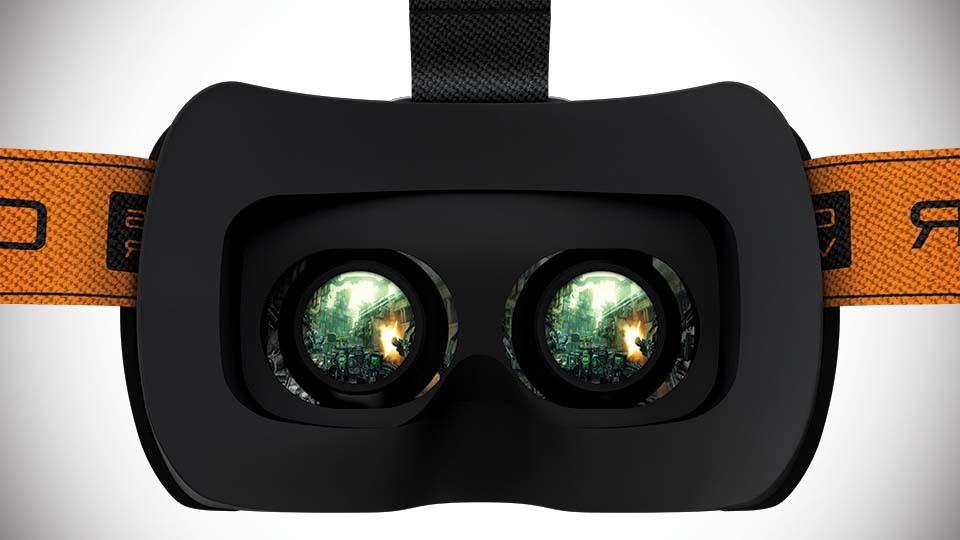

If you want to move around, you'll need more than that. Generally, you need at least enough open space to stretch your arms to the side and rotate 360 degrees for standing-only VR. For example, the Oculus Rift S recommends a 3 x 3-foot space minimum, and the PSVR suggests a 10 x 10-foot area. Depending on the headset, you may need a notable amount of physical space to game properly.
#Sharper image virtual reality headset reviews Pc#
If your PC doesn't meet the headset's requirements, you might want to increase your budget or buy a standalone HMD instead. With the resolutions that modern HMDs boast, even an RTX 2080 can inhibit your experience with a top-tier headset. As we've learned from testing the most advanced headsets, you can never have too much GPU power for VR. However, it's an excellent idea to overshoot the minimum requirements by a large margin. Is your PC powerful enough for VR? Before buying a VR headset that relies on a PC, you should ensure your computer at least meets the headset's minimum requirements.Just know you generally won't get the same level of graphical detail. For more wallet-friendly VR, consider standalone HMDs that don't connect to any system. With the current state of the graphics card market, you could be looking at double that figure for a system with a powerful GPU.

When VR headsets first hit the market, you could find a VR-ready gaming PC for under $1000, and for a time, you could build one for even less than that.

The best VR gaming comes from headsets that you tether to a PC.

Xbox head Phil Spencer recently reiterated that he has no current plans to bring VR to Xbox consoles. The PlayStation VR remains the only console-based VR headset, and will soon be replaced by the PlayStation VR2. We used to see VR headsets powered by smartphones, and while those still exist, they have largely been phased out of the market. Thankfully, most of the earlier VR devices' problems have been solved with the most recent HMD designs. Not to mention, headset manufacturers have struggled to make their devices comfortable for years. When VR headsets first hit the market, early adopters had to accept low-resolution displays, poorly optimized optics, low frame rates, and often poor tracking accuracy. So if you're one of the early adopters with a first-gen headset or someone who's abstained from VR altogether, now might be the time to take another look. VR technology has evolved quite a bit in the last five years.


 0 kommentar(er)
0 kommentar(er)
